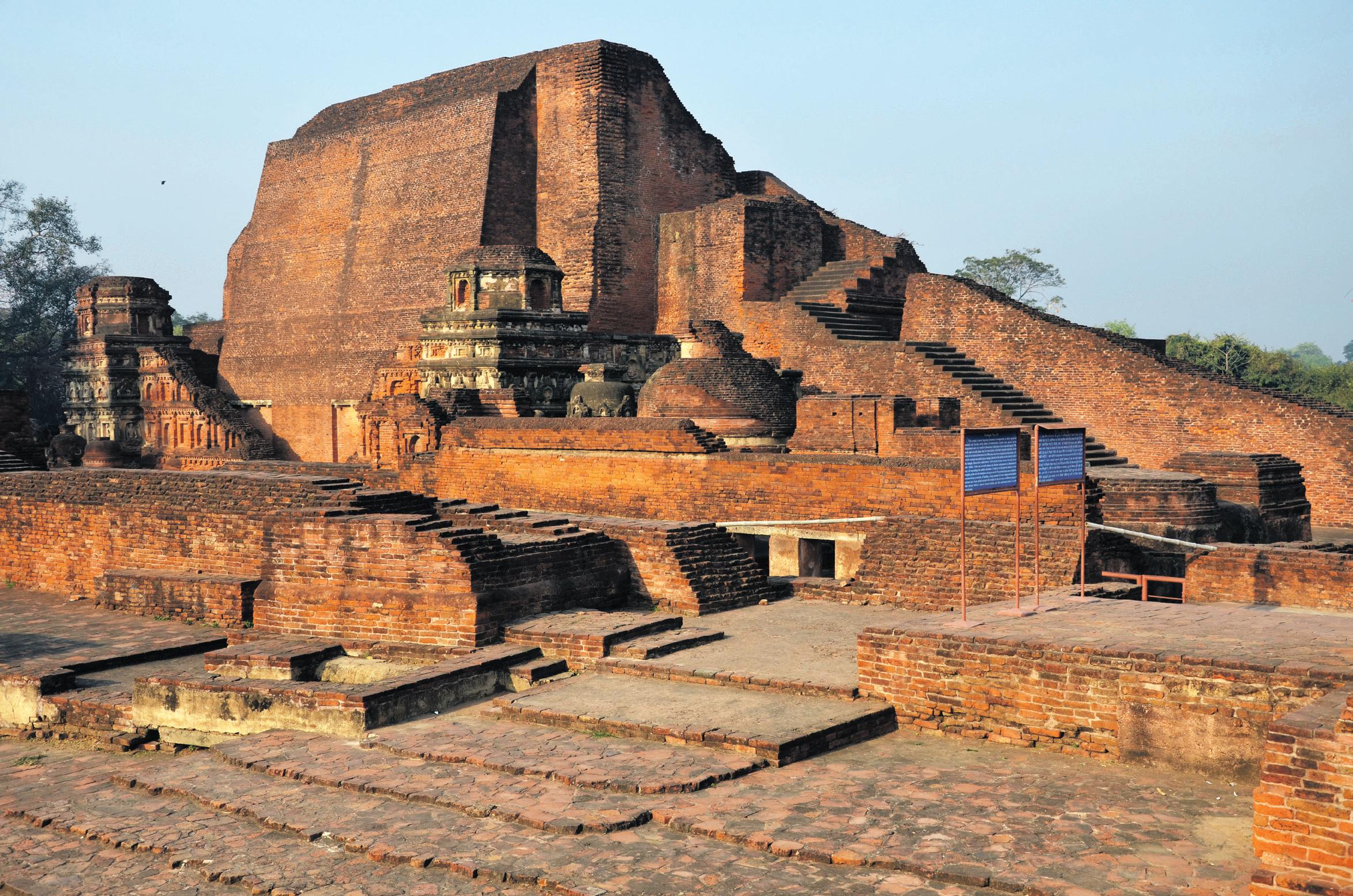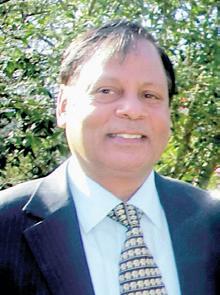
4 minute read
Australia supports revival of Nalanda university
from 2012-12 Sydney (1)
by Indian Link
This historic University will emulate the same high standards of education as its original namesake
BY SudHIR KuMAR
Nalanda is situated about 80kms south east of the city of Patna, capital of the state of Bihar in India, and is home to the ruins of the ancient Nalanda University. Lord Buddha is said to have visited this site.
Historical sources indicate that the ancient and original Nalanda University had a long and illustrious life which lasted almost continually for 800 years from 5-12 century CE. It was the first residential international educational institution in the world which housed about 10,000 students and 2000 teachers. Its educational model emphasized inter-civilizational connections and the development of interAsian interactions. India at that time was considered a leading place for imparting knowledge, and Nalanda’s reputation attracted scholars from distant countries such as China, Turkey, Korea, Japan, Tibet, Mongolia, Sri Lanka and Southeast Asia.
Close to the end of the 12th century, Nalanda was destroyed by invaders. The period from which Nalanda ceased to exist was a time that the great universities of the western world came into being, marking the shift in knowledge production and dissemination from the east to the west. Only Al Azhar in Cairo (972 CE), Bologna in Italy (1088 CE) and Oxford in the United Kingdom (1167 CE) had been founded before the destruction of Nalanda.
Recently, the idea of a new university has been mooted, at the site of this old institution of earning. In June 2007, the Government of India announced the establishment of a new university close to the site of the original Nalanda.
A Nalanda Mentor Group was constituted under the Chairmanship of Nobel Laureate and Bharat Ratna awardee Prof Amartya Sen. This included members from Singapore, Japan, China, Thailand, UK and India. The Parliament passed the Nalanda University Act in 2010 following which the University came into existence on 25 November of the same year, as a non-state, nonprofit, secular and self-governing international institution with a continental focus that would bring together the brightest and the most dedicated students from all countries of Asia.
Nalanda University is that its revival was welcomed not only by Indians, but also by Member States of the East Asia Summit (of which Australia is a member) through a Joint Press Statement issued at the EAS Summit in Thailand in October 2009, to strengthen regional educational cooperation, understanding and appreciation of each other’s heritage and history. Nalanda University is an international university and has been declared as an institution of national importance.
Inter-Asian linkages, such as those which grew out of Nalanda, had declined during the colonial period, but have been revived in recent decades. It is anticipated that Nalanda will again play a major role in Asian connections similar to the one it played in the past. The University aims to build for contemporary Asia, an appreciation of Asian achievements and mutual learning as exemplified by the original Nalanda.
The University regards East Asian Summit member states as partners and sees their role as central to forming links between nations separated by geography, but linked to one another for centuries. The most obvious interactions will be through collaborative projects, University level tie-ups, and student exchanges. It is hoping to attract the brightest students and faculty from around the world and establish a global centre of scholarly excellence.
site of the original Nalanda University. The University plans to embark on a new concept of campus building by emphasising sustainability and environmental sensitivity at all levels while developing the campus. As an integral part of this innovative approach, the development will consciously ‘walk’ the path of Net Zero. The ultimate aim is to achieve a campus that is Net Zero Energy, Net Zero Emission, Net Zero Waste and Net Zero Water.
The University plans to start the first two of its seven Schools - the School of Ecology and Environment and the School of Historical Studies - in 2014. Other Schools will be started subsequently in phases. The University will reach its planned maximum intake of students by 2021-22.
The estimated cost of establishment of the University, excluding the cost of land measuring about 450 acres, which has been provided free by the Government of Bihar, is expected to be Rs 2150 crores or $400 million approx. In the Joint Press Statement, the member states of EAS had encouraged appropriate funding arrangements on voluntary basis from governments and other sources, including public-private partnership. Though some EAS member states have already made or offered some contributions to the University, bulk of the funding at present is being provided by the Government of India.
Summit, has been supporting the project. It was party to the Joint Declaration issued by EAS in Thailand supporting the establishment of Nalanda University. The Government of Australia has also offered to finance a Chair in the field of Ecology and Environment at the University, and Prime Minister Julia Gillard during her recent visit to India confirmed that this grant would commence in 2013.
The first gift to the University has also come from Australia in the form of a large collection of books on medieval Chinese and Korean history. This is a collection by late Prof Ken Gardiner of Australian National University.
An incidental link of the University with Australia pertains to personnel – the present High Commissioner of India, Mr Biren Nanda and the Consul General in Sydney, Mr Arun Goel were among the first few officers in the Ministry of External Affairs to handle this project on behalf of the Government of India. It is hoped that they will maintain their link with Nalanda and encourage further close participation by Australia in this prestigious project.
More details at www.nalandauniv.edu.in
Sudhir Kumar is a former member of the Indian Foreign Service and had served as a Consul in the Consulate General of India, Sydney from 1999 to 2002. After retirement from the service, he is presently working as a Consultant with Nalanda University

Historical sources indicate that the University had a long and illustrious life which lasted almost continually for 800 years from 5-12 century CE
The Government of Australia has offered to finance a Chair in the field of Ecology and Environment at the University, and Prime Minister Julia Gillard during her recent visit to India confirmed that this grant would commence in 2013.
$100
GIFT VOUCHER

$100 shop gift voucher conditions:

1. When you sign up a 2 year contract of mobile service or mobile broadband service in our store
2. One voucher/per service, the more you sign, the more you get.

3. You can redeem the voucher only for mobile phone accessories in store
4. Gift voucher is not redeemable for cash
5. To qualify for this offer, you must mention this advertisement before signing up.
6. Offer ends Dec 31, 2012 unless extended

7. Gift voucher is valid for 2 years from the date of issue.
Notes:
In 1992, in the upstairs room of an inner Sydney restaurant called Shapad Raman, a gathering of like souls sparked an interest in Vedanta classes









